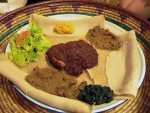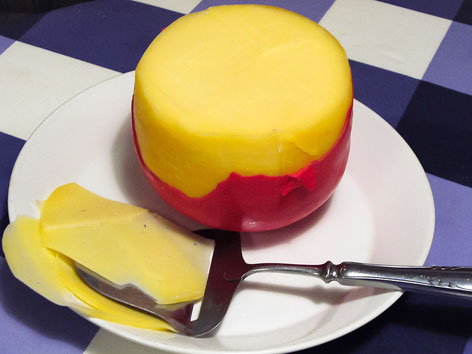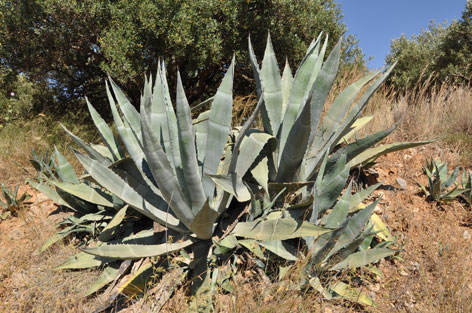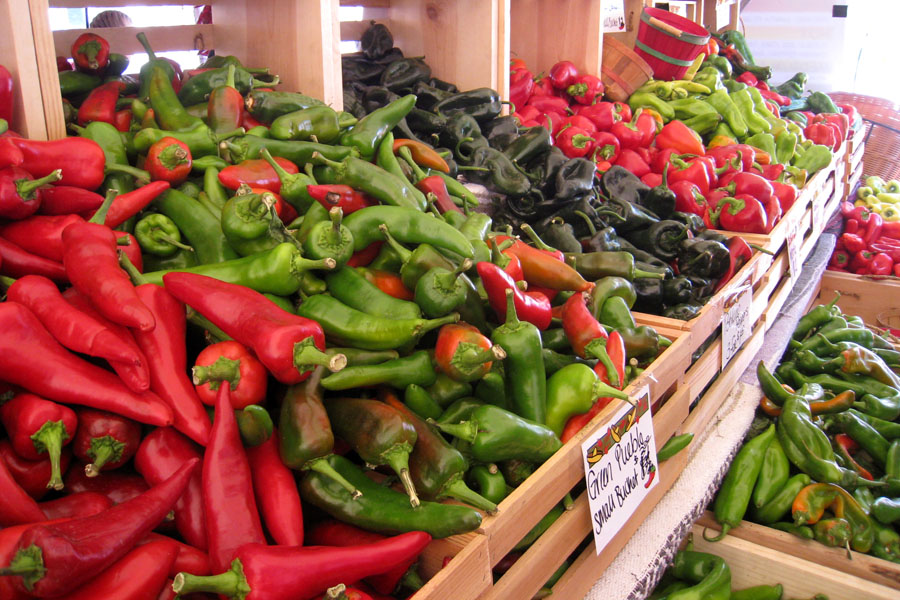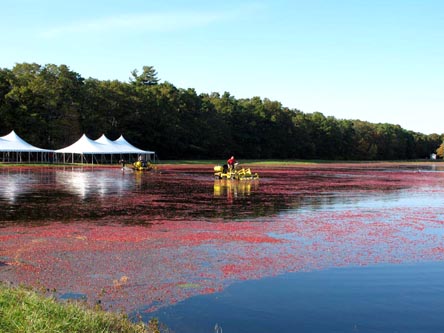Our lucky contributor goes behind-the-scenes of barbacoa making in Mexico City.
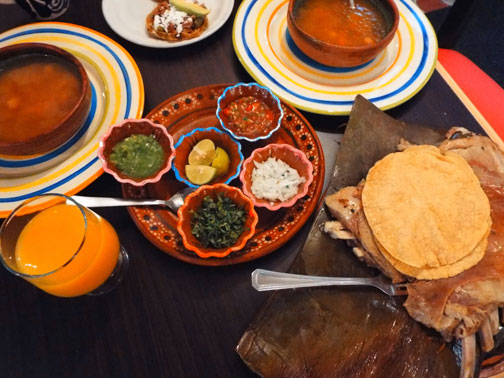
All photos by Lydia Carey except where indicated.
In every region of Mexico, you will find barbacoa steaming on streetside stands, taking center stage at family gatherings, and being sold by the kilo to hungry market goers. Barbacoa is Mexico’s Sunday brunch, its method is as old as time immemorial, and its recipes continue to evolve at the hands of each barbacoa master, who adds his or her special touch to one of the country’s most quintessential dishes.
The origin of the word barbacoa is most likely from the West Indies, where it describes a type of grill for cooking meat. In Mexico it refers...
Read More









.jpg)
